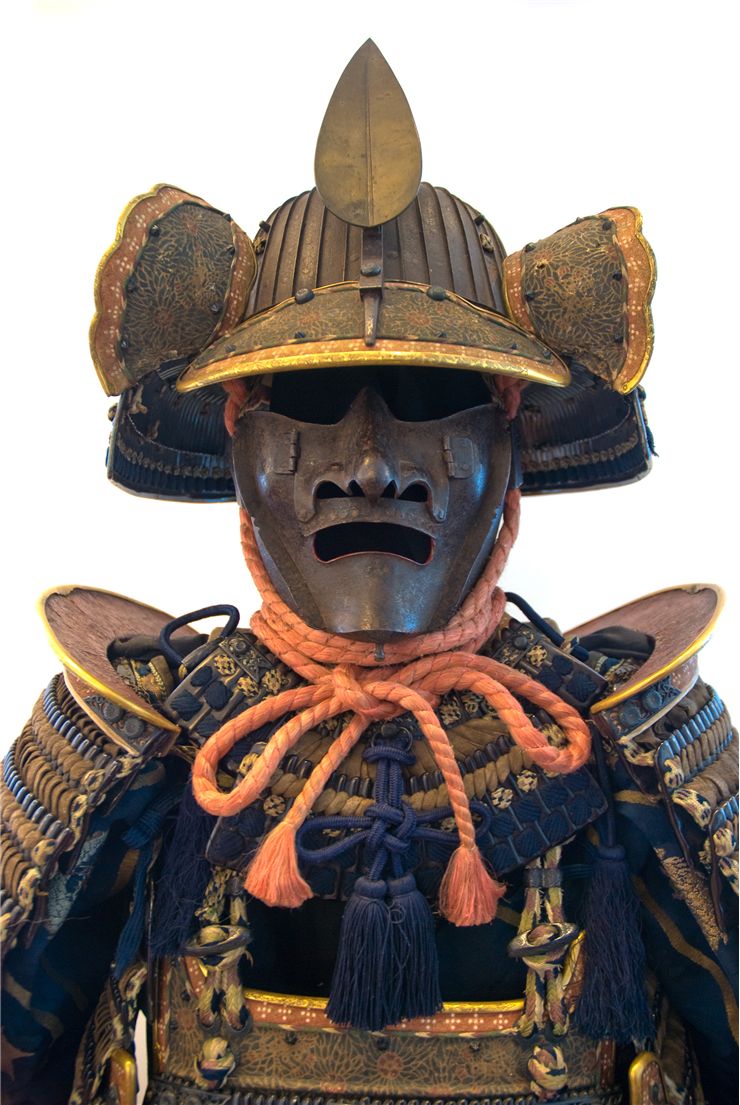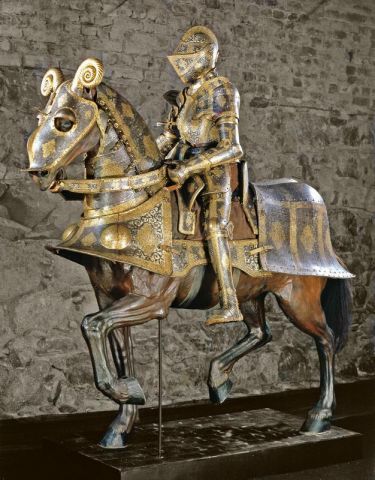Interesting Facts about Armor
- Personal armors built from metal started appearing as soon as our ancestors entered Bronze Age, with earliest examples of first fully-metal plate armors coming from 3500 years ago.
- The final evolution of the metal iron was Full Plate armor (or suit of armor) that covered knights from head to toe into metal. The most important parts of that armor were Breastplate, Vambrance (arm protectors), Besagew (joint protectors), Helmet, Gauntlet, Greave (lower leg protector), Cuisse (upper leg protector) and Sabaton (armored boot). Many other individual pieces of gear were also worn.
- Pre-gunpowder era was truly a golden age of personal armor, with many armor types being used around the world. Most popular ones were, boiled leather armor, Brigandine, Hauberk, Jazerant, Lamellar, Laminar, Mail armor, Plate armor, Chain armor, Scale armor, Ring armor, Full Plate (suit of mail) armor and Cuirass.
- Horse armor was known as “barding”, and was used extensively during 14th and 15th century in Europe. Armor consisted from helmet, armor plating, neck protector, breastplate, and armored panels that sat on either side of the horse.
- Full suits of armor were very expensive and hard to manage, so only very rich soldiers from noble or royal could afford to wear them. Eventually the “knight” system was introduced in which nobles could give soldiers a piece of land with servants to work on it, so that knight could have resources to maintain military gear for himself and his subordinates.
- Roman body armors were incredibly influential into spreading knowledge and expertise of armor-making across entire Europe. Romans usually wore either Lorica segmentata (heavyer segmented metal plate armor) or Lorica hamate (lighter metal ring armor), however some soldiers wore Lorica squamata (scale armor).
- Before Romans, Greece was a home of most elaborate metal armor protection, with Celts being responsible for development of first chainmail armors.
- Some of the most popular protective body armor pieces in Medieval Europe were Hauberk (fine metal shirt made from small interloping rings of iron) and Brigandine (leather or cloth armor that had interlocked metal plates riveted inside its structure).
- Most common armors during medieval Europe were of course not made from metal. Multi-layered enhanced cloth and leather armors were used by most numerous common soldiers.
- The bane of armored soldiers and especially full-plate Knights was a special type of crossbow known as Arbalest. Instead of wooden construction, it’s bow was made from steel, enabling it to endure much higher tension than wooden bows. Skilled soldier could fire Arbalest twice per minute, hit armored targets at more than 100m range (up to 300m with lucky shots), and pierce armor of full plated knights at large distances.
- Official training to become medieval knight was a process that lasted around 15 years. Small boys were started serving knights at the age of 7, graduated to be squires (personal butlers), and promoted to full knights around the age of 21. During that entire time, they trained several fighting disciplines.
- Medieval armor gear can be separated into four main categories – helmets, shields, limb protection and chest protection.
- Popularization of gunpowder weapon introduced big turning point in the history of personal armors. Between 1700 and World War I, armies around the world almost completely stop wearing armored gear (except certain mounted units and ceremonial gear).

